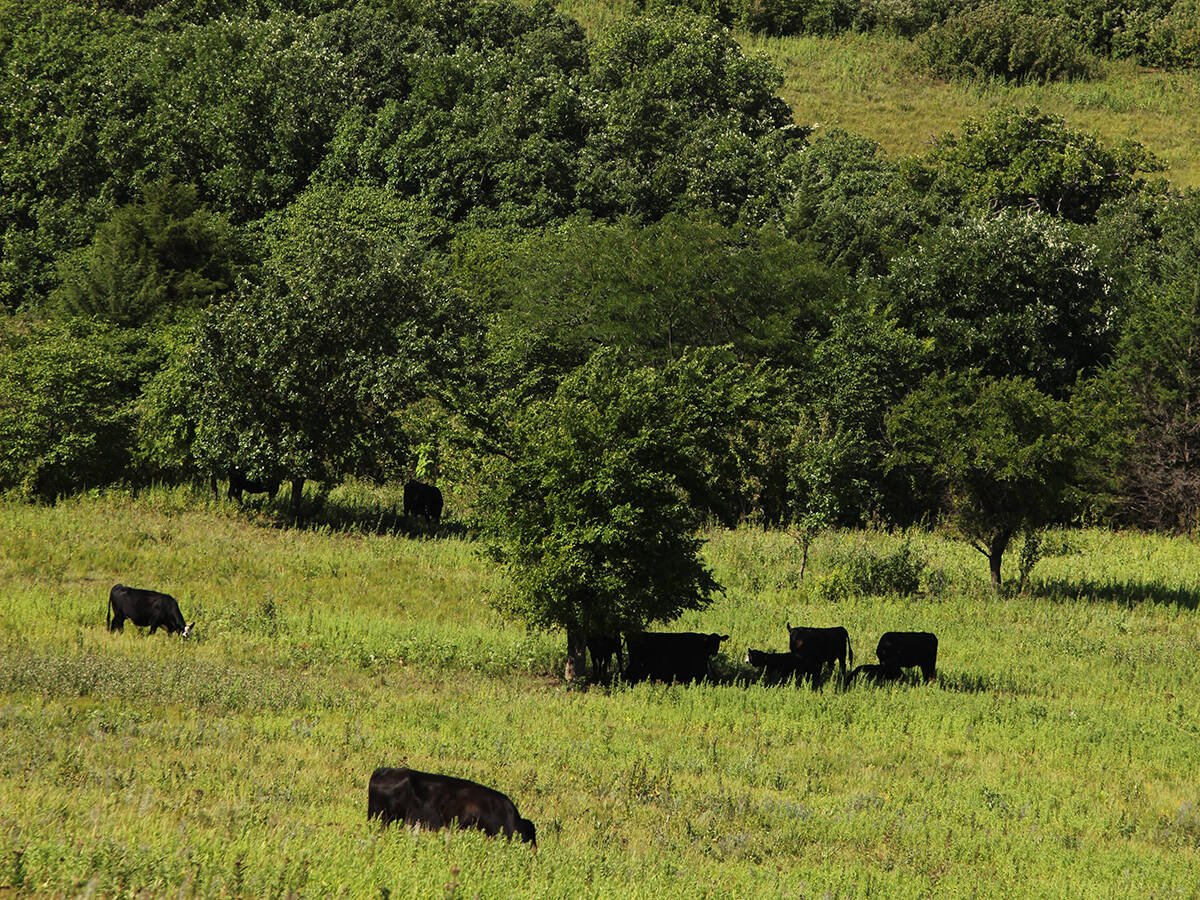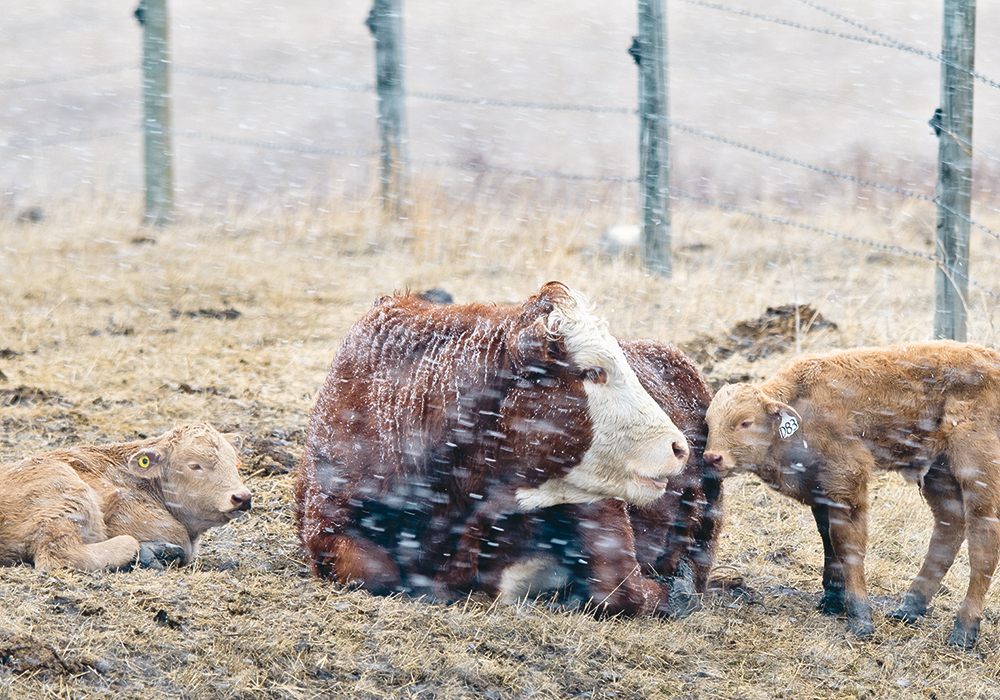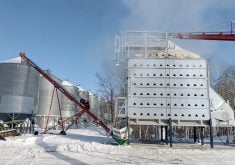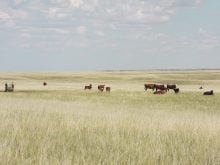Canadian Cattlemen’s Association asks Ottawa for a way to reduce livestock insurance premiums during the pandemic
A cost-shared program to reduce livestock insurance premiums and a cattle set-aside program similar to one implemented during Canada’s BSE crisis are among options being fostered by the cattle industry as the COVID-19 pandemic continues.
With ongoing cattle market volatility and an unpredictable future, the Canadian Cattlemen’s Association has been planning ways to protect all beef industry sectors and has made several requests to the federal government.
“There’s really unprecedented volatility in markets. It seems each week, you’re moving markets all the way up or all the way down as different forecasts are occurring and clearly having tools in place for farmers and ranchers has never been more important as they try and manage risk,” said CCA executive vice-president Dennis Laycraft during an April 9 media call.
Read Also

Beef cattle more prone to trace mineral deficiencies
The trace mineral status of our cows and calves is a significant challenge for western Canadian producers and veterinarians.
Premiums to participate in the Western Livestock Price Insurance Program (WLPIP), a method for producers to limit their risk, are now in the $70 per head range. Historically, premiums of $15 to $20 per head have been the norm and the higher rates have drastically reduced participation.
“That sort of speaks to just how much more expensive this is becoming and essentially deemed it ineffective for our producers to use,” said Fawn Jackson, CCA director of government relations. A cost-shared premium with government, similar to the way crop insurance is handled, would help address the problem, said Jackson.
“What we really think is that addressing these unaffordable premiums would increase the risk management uptake in the beef sector and so provide some confidence in the market especially at a time when large numbers of backgrounding cattle are coming to market this spring,” she said.
The CCA is also asking the federal government for assistance in expanding the WLPIP to a national program so producers in Eastern Canada would have access.
Laycraft said WLPIP expansion, rather than creating a separate program for the East, would be more efficient from an administrative angle and could be more quickly established.
Reductions in processing capacity are being felt most severely in Eastern Canada, where the Ryding-Regency plant closed earlier this year. A JBS plant in Souderton, Pennsylvania, which also accepted Canadian animals, recently cut production and then announced a shut down until at least April 16.
That announcement was followed by another one about reduced production at the JBS plant in Greeley, Colorado, last week due to high worker absenteeism related to COVID-19.
Those events are causing increased concerns about future processing availability.
A set-aside program similar to one implemented during BSE starting in 2003 could help match cattle numbers with slaughter capacity. A program could be quickly established in Eastern Canada and expanded to the West, if conditions warrant, said Jackson.
“We are hopeful that we would not have to use this tool in that context but it’s truly best to be prepared so that we can react quickly and … put stability into the system as quickly as possible should it be needed.”
A set-aside program involves putting cattle on maintenance rations to delay their time to market readiness, introducing more market discipline and more equilibrium between cattle supply and slaughter capacity.
Such a program would require a federal commitment, said Laycraft, but once received, it could be set up quickly.
“We actually believe with a really well and properly functioning set aside, based on past experience, it would actually reduce the overall cost,” he said, because avoiding deep price reductions would result in fewer producer claims through the federal AgriStability program.
Further to AgriStability, Jackson said the CCA has asked the federal government to remove the $3 million payment cap and remove the reference margin so cattle producers can better manage price and production risks. It would also likely increase producer participation in the program.
“We really do see that a strategic investment by the federal government would support stability within the beef industry and that then we would be able to emerge from COVID-19 as one of the main engines of growth and recovery for the Canadian economy,” said Jackson.
“The tools that have been announced are not sufficient for Canadian cattle producers and we really do need to see more attention turned to Canadian agriculture.”
Jackson said the CCA has recommended that COVID-19 be declared a natural disaster, which would potentially allow more timely support to beleaguered agricultural industries.
Laycraft added that the United States is likely to develop “lucrative programs” for American producers, putting those in Canada at a further competitive disadvantage.
“The more we can keep the market functioning properly, it will reduce the overall help that’s required to keep the industry viable,” he said.
















